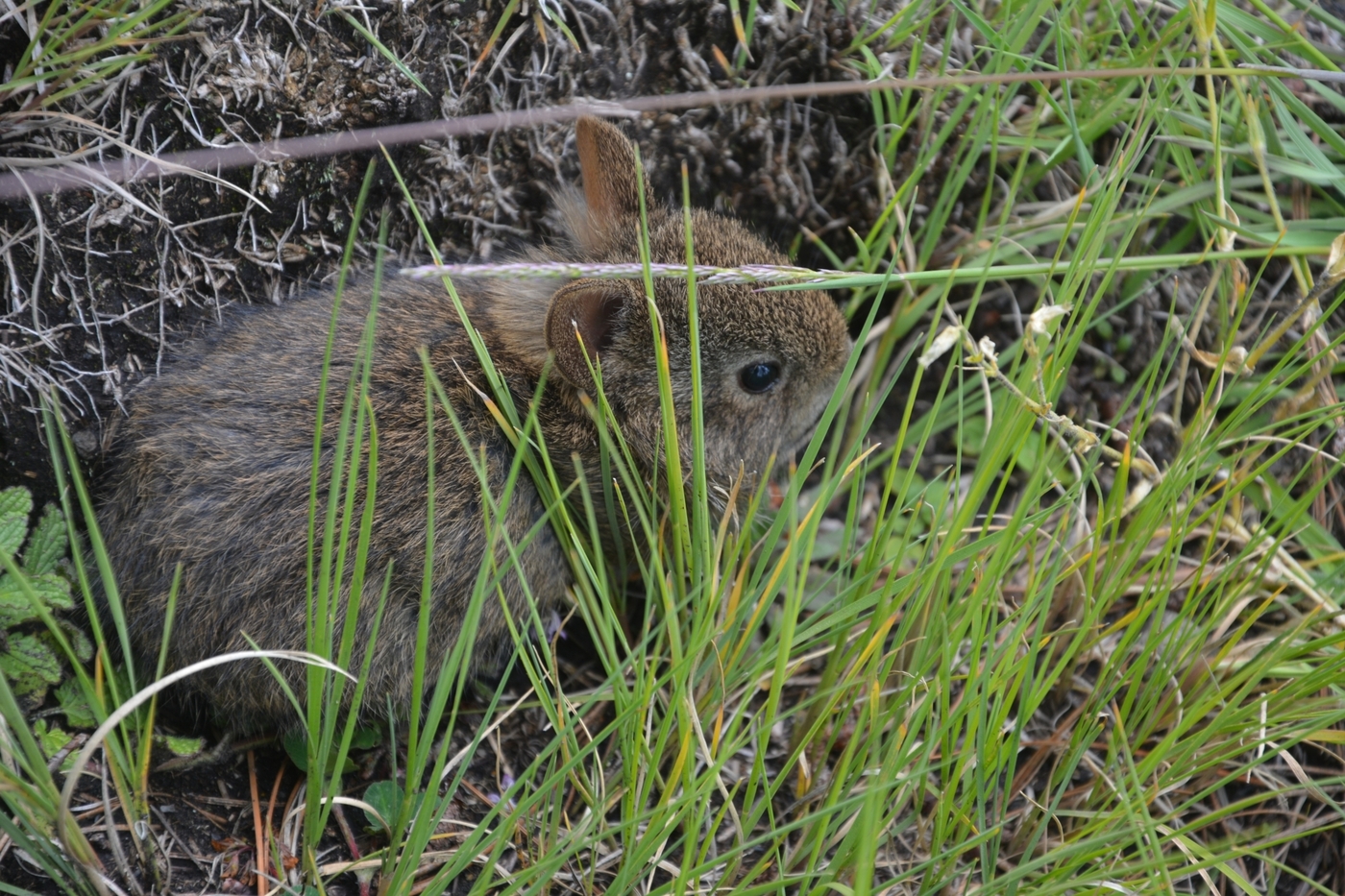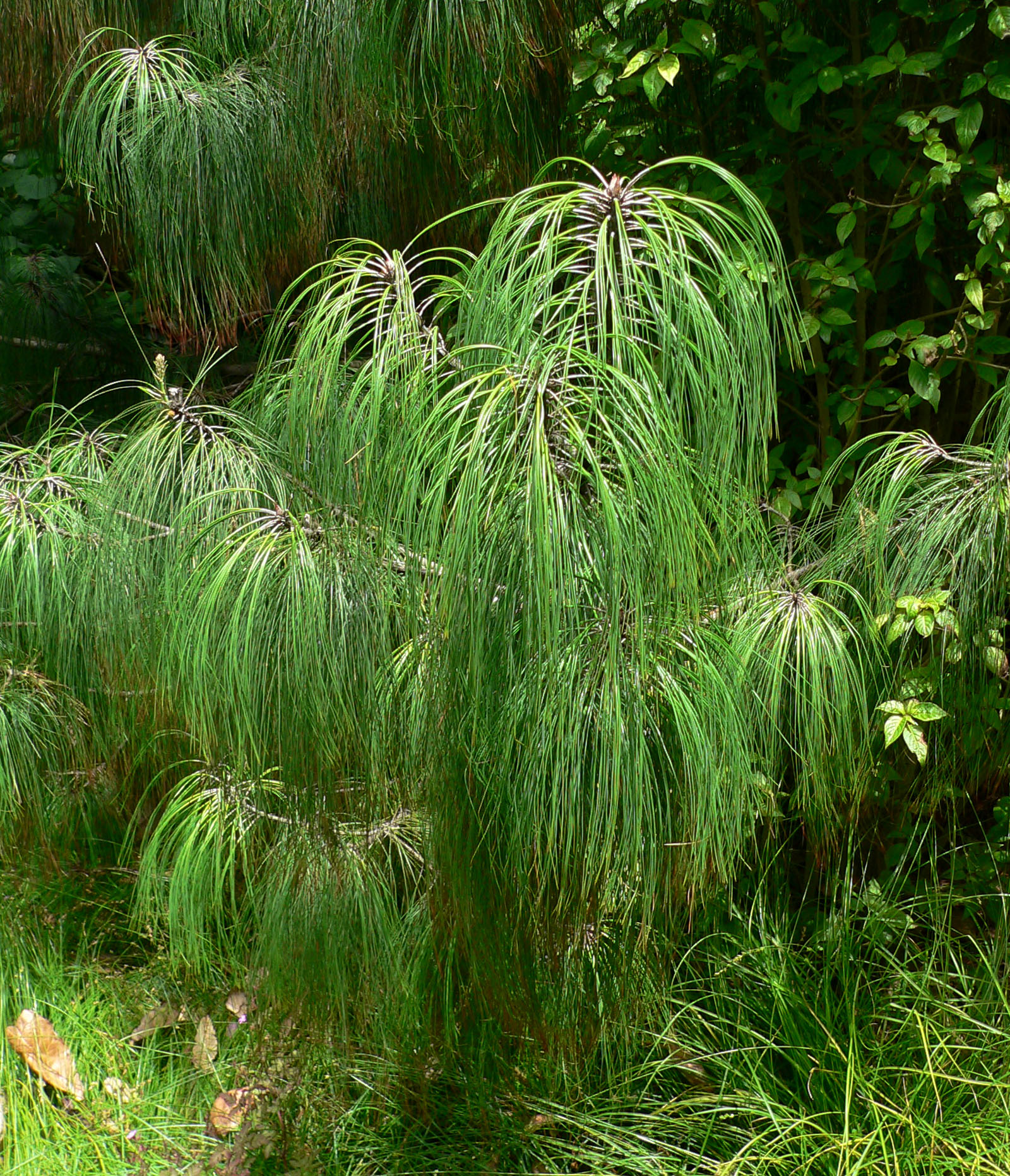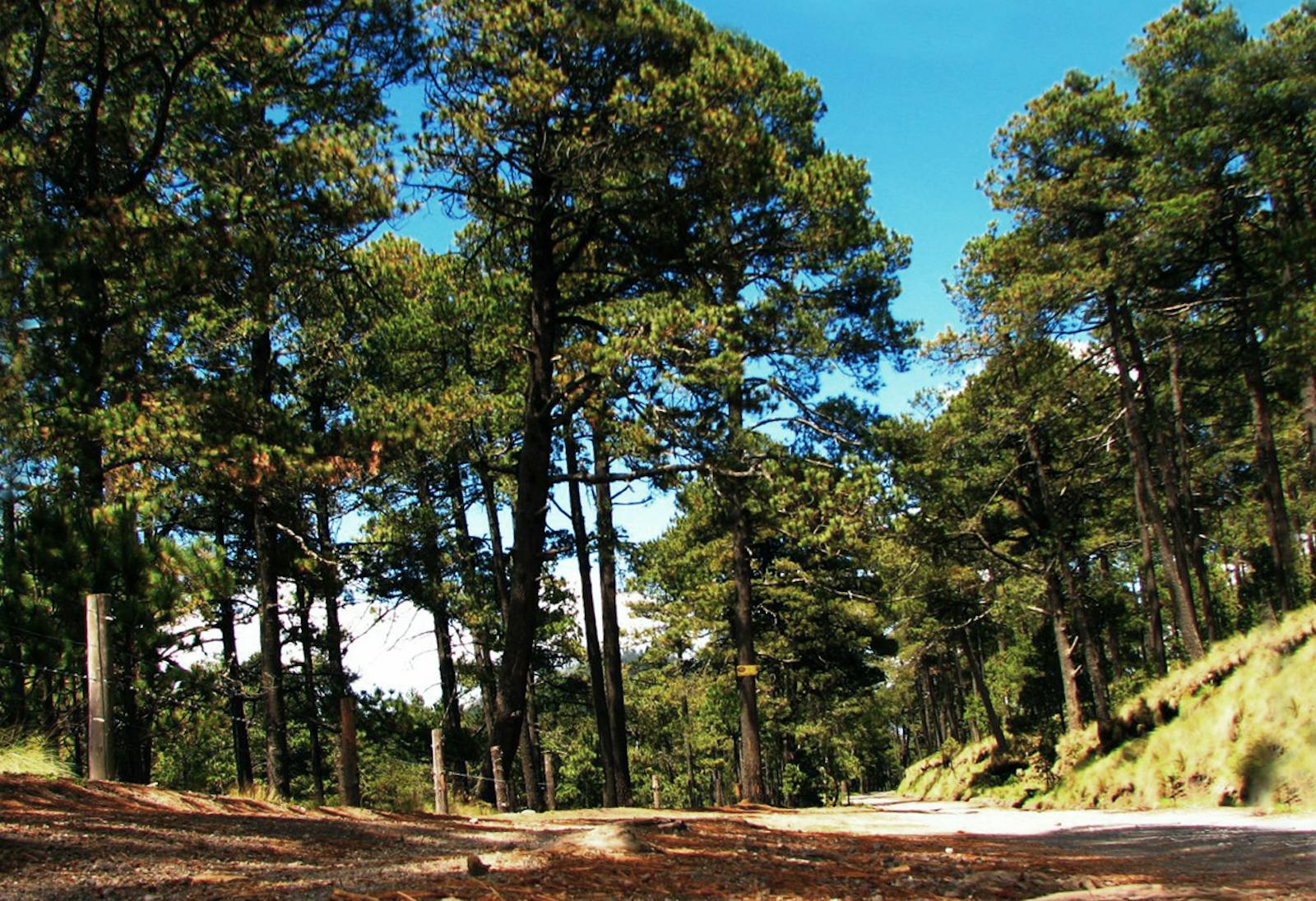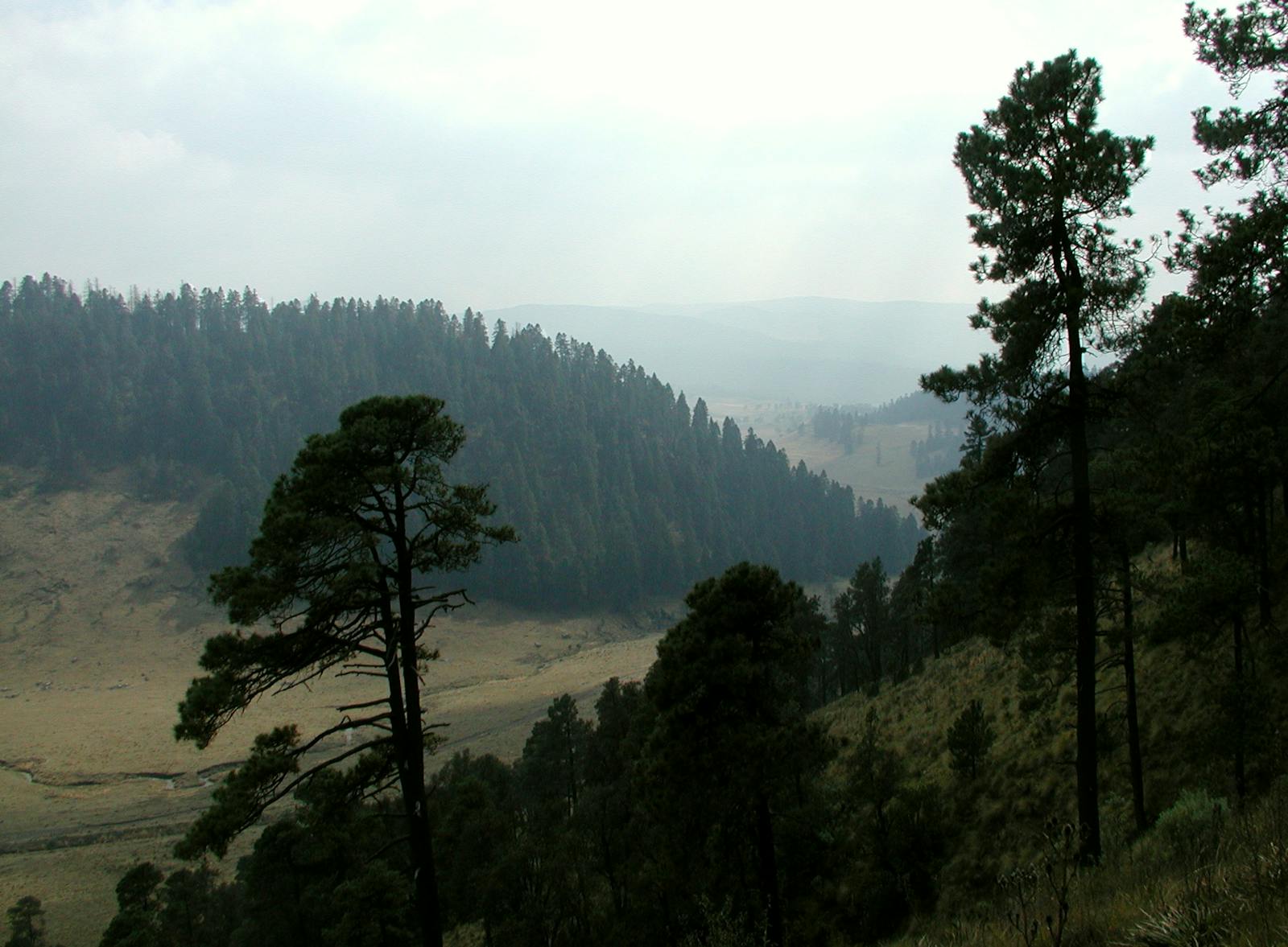Trans-Mexican Volcanic Belt Pine-Oak Forests
The ecoregion’s land area is provided in units of 1,000 hectares. The protection goal is the Global Safety Net (GSN1) area for the given ecoregion. The protection level indicates the percentage of the GSN goal that is currently protected on a scale of 0-10.
Bioregion: Mexican Dry & Coniferous Forests (NT28)
Realm: Central America
Ecoregion Size (1000 ha):
6,131
Ecoregion ID:
559
Conservation Target:
60%
Protection Level:
0
States: Mexico
The volcano rabbit, also known as the teporingo or zacatuche, is endemic to the Trans-Mexican Volcanic Belt Pine-Oak Forests ecoregion. This habitat specialist is the second smallest rabbit in the world, and as its name suggests inhabits the four volcanoes just south and east of Mexico City. Not only is the rabbit small, but its range is also very small compared to other similar species, and it is emblematic of the habitats associated with this ecoregion. Unlike other rabbits, this species uses high pitched sounds to communicate instead of foot thumbing.

The flagship species of the Trans-Mexican Volcanic Belt Pine-Oak Forests ecoregion is the volcano rabbit. Image credit: Courtesy of Harpia, iNaturalist
The Trans-volcanic belt is a large mountain range running from west to east in the central portion of Mexico. Much of the region still contains active volcanoes. It is composed of igneous rocks (piroclastic and andesitic), with soils excellent at retaining water. Many valleys and basins divide the region, including the tallest peaks in Mexico: the Pico de Orizaba (5,747m) and the Popocatépetl (5,452m). The climate is temperate, and the levels of humidity vary according to the altitude, with snow being common in the tallest peaks of the mountain range.
The forests play an important role as a "rain trap"; they contribute to the re-fill of underground aquifers that supply water to the nearby towns. Pine forests grow at elevations of 2,275–2,600 m, with Montezuma pine being dominant; pine-oak at 2,470–2,600m containing white oak species and the Mexican Juniper; and pine-cedar at more than 2,700m characteristically Hartweg’s pine and sacred fir.
This Trans-Mexican Volcanic Belt Pine-Oak Forests ecoregion connects the Sierra Madre Occidental and Sierra Madre Oriental, opening its species diversity to both eastern and western regions while serving as a center of diversity itself, including that of white oak species and the family Asteraceae with 370 endemic species. The high levels of volcanic activity in the area gave rise to many microhabitats that allowed a wide variety of flora and fauna to flourish. This includes a diversity of amphibians and reptiles like the Mexican beaded lizard, several endemic frogs, and a range of axolotls.
Endemic mammals include volcano rabbit and Mexican volcano mouse. In total, 50% of Mexico’s mammals can be found in the ecoregion. Restricted range birds include Sierra Madre sparrow and green-stripe brush finch. Every year, the colonies of monarch butterfly hibernate in these forests before embarking on the longest migration of any insect (4,000 km).

Pinus pseudostrobu. Image credit: Creative Commons
Around 30 protected areas are established to protect the pine-oak forests of the ecoregion, especially the most biodiverse areas. One of the largest protected areas is the Sierra de Manantlan Biosphere Reserve, which serve as the site for long-term ecological studies and conservation projects.
Almost half of the total Mexican population lives in the State of Mexico that are part of the Trans-Volcanic belt, thus the pine-oak forests in this region have been extensively exploited. The forests have been logged to clear land for agricultural purposes and the construction of highways and other roads. Slash and burn methods of land clearing are the most common and destructive. The region’s steep canyons became more susceptible to erosion as more and more of the vegetation is removed, leading to a loss of water retention in the area. This positive feedback loop has the potential to significantly disrupt the ecological balance of the ecoregion.
The priority conservation actions for the next decade will be to: 1) protect a diversity of large areas to create a full representation of the flora and fauna; 2) educate and promote the awareness of nature conservation; and 3) encourage implementation of sustainable farming methods—chiefly to replace slash and burn—and reduce the rate of deforestation.
Citations
1. Valero, A. Schipper, J. Allnutt, T, Burdette, C. 2019. Southern North America: Southern Mexico. https://www.worldwildlife.org/ecoregions/nt0310 Accessed June 25, 2019.
2. Robles Gil, P., G. Ceballos, and F. Eccardi. 1993. Mexican diversity of fauna. México: Cemex & Sierra Madre.
3. Challenger, A. 1998. Utilización y conservación de los ecosistemas terrestres de México. Pasado, presente y futuro. Conabio, IBUNAM y Agrupación Sierra Madre, México.





